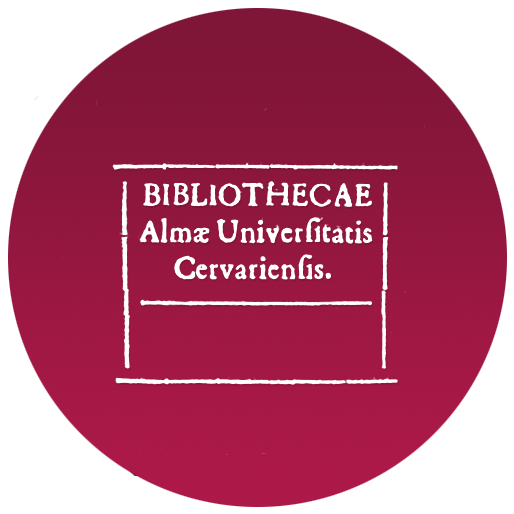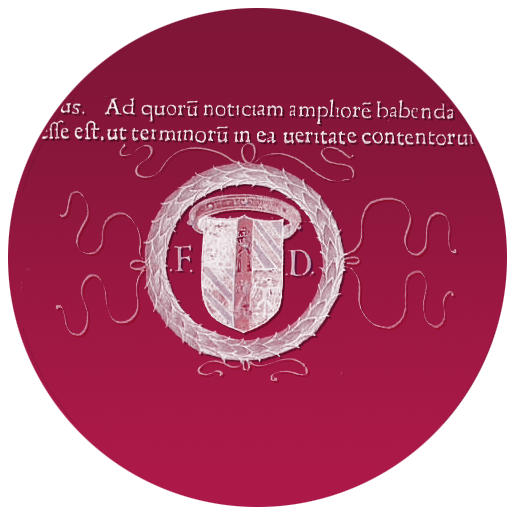Presentation



The vast majority of the books held at the University of Barcelona’s Rare Book and Manuscript CRAI Library come from the religious houses of the province of Barcelona, whose possessions were seized by the State as a result of the ecclesiastical confiscation laws of the first half of the 19th century. However, materials from other sources, including the University of Cervera and various donations, have contributed to the size and importance of the collection.
The journey that this valuable bibliographic heritage undertook until it was permanently housed in the University's Historic Building in 1881 was a storied one. Signs of these vicissitudes are still visible on the pages of many items in the collection, along with the marks of the previous owners.
Efforts to recover, describe and disseminate these marks of provenance culminated in 2009 with the launch of the Former owners database. After more than ten years of storage on an in-house platform at the University of Barcelona, in 2021 the records migrated to a new database in the cloud-based document management system Coeli Platform, which offers more efficient and flexible searching, greater online visibility and an eye-catching presentation that places the images front and centre.
The database contains two types of ownership records, accompanied by images of the most significant marks of ownership: on the one hand, individuals and families, on the other, institutional owners, among which libraries of religious orders and congregations are prominently represented. The database was compiled using a variety of sources, all of which listed in the section Sources/Bibliography.
While the majority of former owners are from Catalonia, other parts of Spain and Europe are also represented, and the chronology covered is broad. In a nutshell, the resulting mosaic of readers and owners is an invaluable tool for researchers with diverse interests and perspectives.
The database is updated every Monday, and it grows as new documents are catalogued. The button New incorporations enables users to see the provenance marks added in the last 30 days.
There are three search options: search by mark, owner and location (map), with the possibility to refine the search chronologically or by using other search features.
Regarding the chronological search, it is important to take the following guidance into account:
- The first criterion for establishing the chronology are the dates of the marks of ownership.
- There are several defined chronological periods which characterize the marks of ownership: specific date; century (e.g., 1501-1600); in between two centuries (e.g., 1675-1725); century-first half (e.g., 1501-1550), century-second half (e.g., 1551-1600); between specific dates (e.g., 1687-1721).
- The timeline covers the periods defined above, but not shorter ones. For example, to conduct a search for owners from the 16th century (1501-1600) the chronology may be set from 1500-1605, or from 1450-1700 for a broader time period, but a search between 1503-1580 may not return complete results.
The database can be consulted in Catalan, Spanish and English, although some content is only displayed in Catalan.
